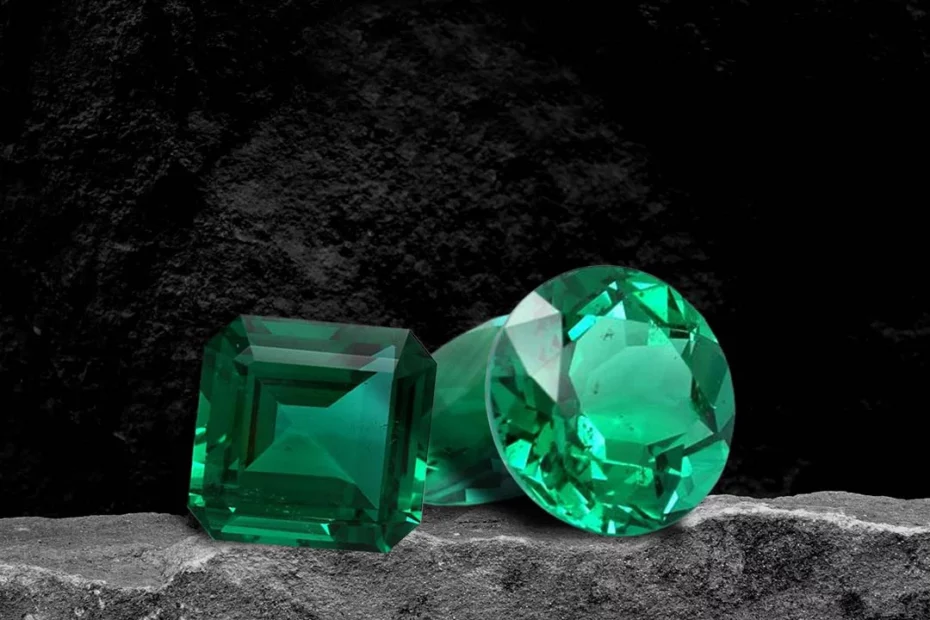Emeralds have a rich and fascinating history that dates back thousands of years. Here’s a detailed account of their discovery, use, composition, mining methods, and industrial applications:
- Discovery and Early Use:
- The first recorded discovery of emeralds dates back to ancient times, around 330 BC in Egypt. The mines near the Red Sea were a significant source of these precious gemstones.
- The name “emerald” comes from the ancient Greek word “smaragdos,” meaning green gem.
- Cleopatra, the famous Egyptian queen, was known for her love of emeralds and used them in her jewelry.
- Composition:
- Emerald is a variety of the mineral beryl, with its vibrant green color attributed to trace amounts of chromium or vanadium.
- The chemical formula of emerald is Be3Al2(SiO3)6.
- Ancient Civilizations and Cultural Significance:
- In ancient times, emeralds held immense value and were often associated with fertility, rebirth, and eternal youth.
- The Incas of South America considered emeralds sacred, and the Muzo people in present-day Colombia had emerald mines of great importance.
- The ancient Egyptians believed emeralds represented eternal life, and they were often buried with emerald jewelry.
- Medieval Era and Trade:
- During the Middle Ages, emeralds were highly sought after in Europe and the Middle East.
- Spanish explorers in the 16th century discovered large emerald deposits in what is now Colombia, significantly impacting the global emerald trade.
- Industrial Uses:
- While emeralds are primarily used as gemstones, some low-quality or fractured emeralds find industrial applications.
- Emeralds are used in lasers, as they can amplify light and produce a focused, powerful beam.
- They are also used as bearings in scientific instruments, such as gyroscopes, due to their durability and stability.
- Modern Mining Methods:
- Colombia remains the most significant producer of emeralds in the world, followed by countries like Brazil, Zambia, and Zimbabwe.
- Emeralds are primarily found in sedimentary rock formations, where they form through hydrothermal processes.
- Modern mining techniques include open-pit mining, tunneling, and exploration based on geological surveys.
- Recent Discoveries and Famous Emeralds:
- In 2001, the Bahia Emerald was discovered in Brazil, weighing approximately 840 pounds (381 kg), making it one of the largest emeralds ever found.
- In 2017, a massive 794-pound (360 kg) emerald was found in Zambia.
- Treatments and Enhancements:
- Many emeralds undergo treatments to improve their clarity and color. Common treatments include oiling or resin filling to fill fractures and improve transparency.
- Use in Jewelry and Pop Culture:
- Emeralds remain one of the most popular gemstones for use in high-end jewelry, including rings, necklaces, and earrings.
- They have been featured in several famous jewelry collections and royal heirlooms over the centuries.
- Emeralds have also found their way into popular culture through movies, literature, and historical events.
Emeralds’ allure and beauty have stood the test of time, making them a treasured gemstone with a long and storied history.
